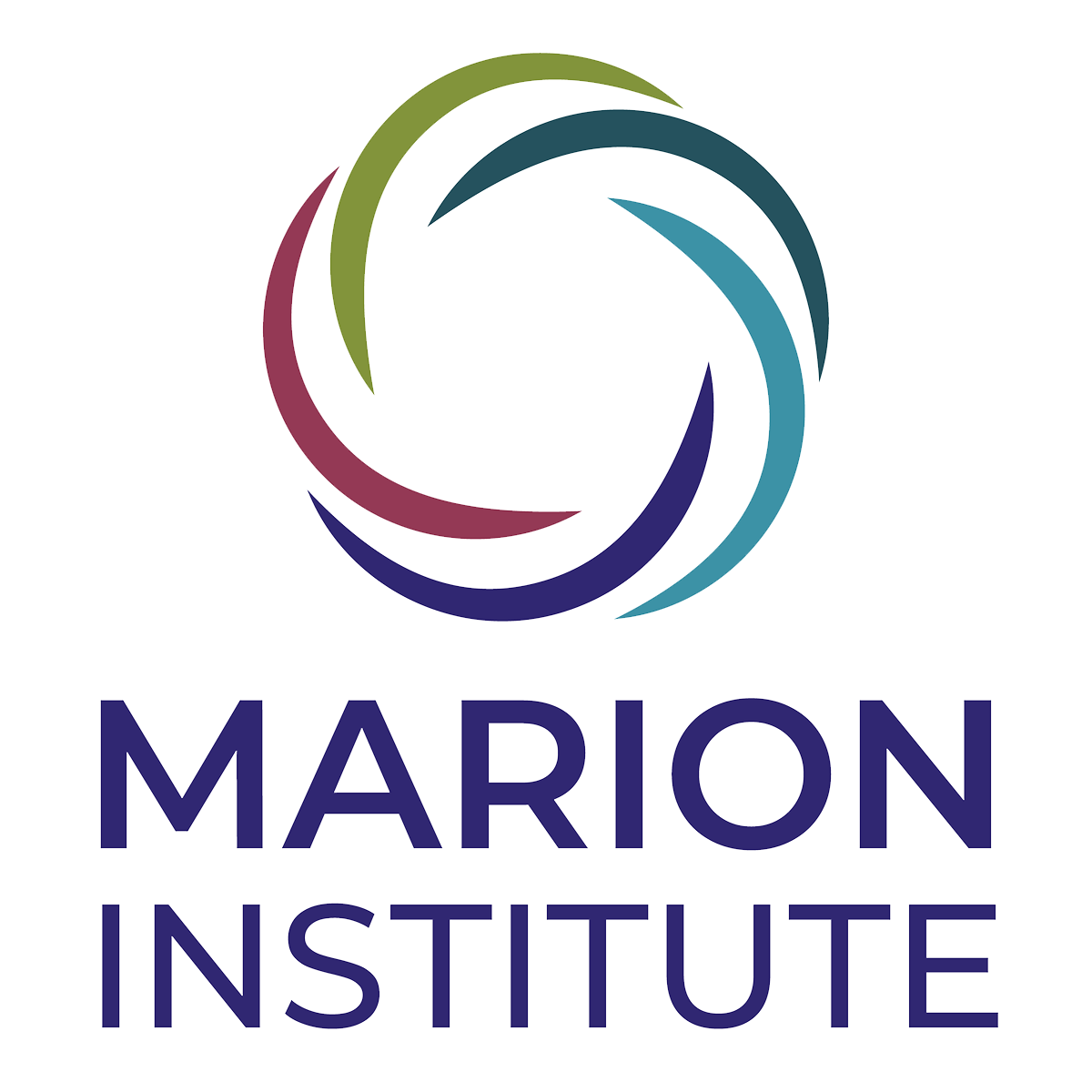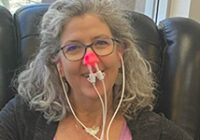What is Low Level Laser Light?
LASER (Light Amplification Stimulated Emission of Radiation), is an isolated wavelength of light. It is low level laser light because the power of the beam (measured in milliwatts(mW)) is less than 500, where power greater than 500mW is specific to hard laser and used primarily in surgical procedures.
During the therapy, there are different colors (blue, green, yellow, red and infrared wavelengths) of light available, from which a specific wavelength will be chosen based on the health condition.
How is the therapy applied and potential benefits?
Laser light is applied via a special cannula through which a fiber optic “thread” is guided through the needle. This thread exits the very end of the needle by approximately 0.2mm, where the light comes into contact with blood or other nearby tissue. It can be applied in three different ways: intravenous, intraarticular and interstitial. When contact is made, it initiates various cellular benefits depending on the light, such as an increase in ATP production (green light), release of nitric oxide (blue light), anti-inflammatory through the reduction of Interleukin-one (red light).
Photodynamic Therapy:
Because there are different substances that become activated under a particular wavelength of light, the use of laser light therapy in combination with for example St. John’s Wort (Hypericum) can accentuate its anti-viral, anti-bacterial and natural anti-depressive effects. We can also utilize laser light to enhance the effects of curcumin, which is typically used as an anti-inflammatory and is an adjuvant care option for many cancer patients. There are other natural substances available and we utilize as well in combination with laser light.
Research?
There are more than 100 double-blind studies substantiating a positive association between laser light therapy and the measured index or indices. There are an additional 2500 worldwide studies that are presently ongoing.
Conditions may benefit from Laser Light Therapy:
- Muscle pain
- Stiffness and pain associated with arthritis
- Type II Diabetes
- Degenerative Joint Disease
- Chronic Liver Disease
- Metabolic Syndrome
- Rheumatic arthritis
- Polyneuropathy
- Chronic Intestinal Inflammation
- Fibromyalgia
- Hypertension
- Tinnitus
- Macular degeneration
- Multiple sclerosis
- Burnout Syndrome
- Allergies and Eczema
 |
Back: Red light interstitial application under photodynamic therapy for a breast cancer patient with metastasis to the spine |
 |
Intravenous application : a patient receiving yellow laser light for treatment of depression |
 |
Photodynamic topical application – teenager with acne vulgaris: BEFORE |
 |
Photodynamic topical application – teenager with acne vulgaris: AFTER |
 |
Photo from topically applied PDT |
If you would like more information or are interested in becoming a patient at the Paracelsus Clinic, please contact: Barbara Christian, Patient Coordinator, at bchristianparacelsus@gmail.com.










